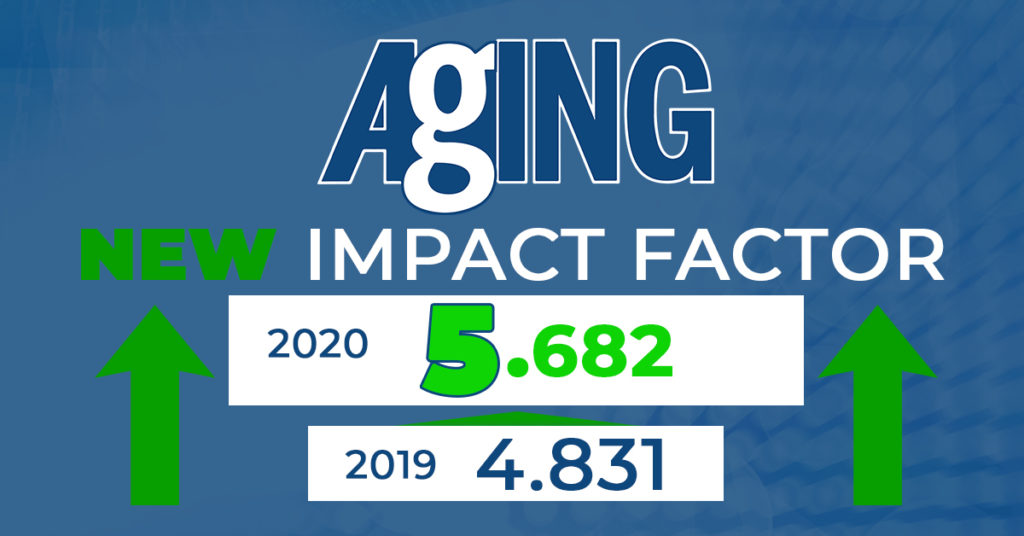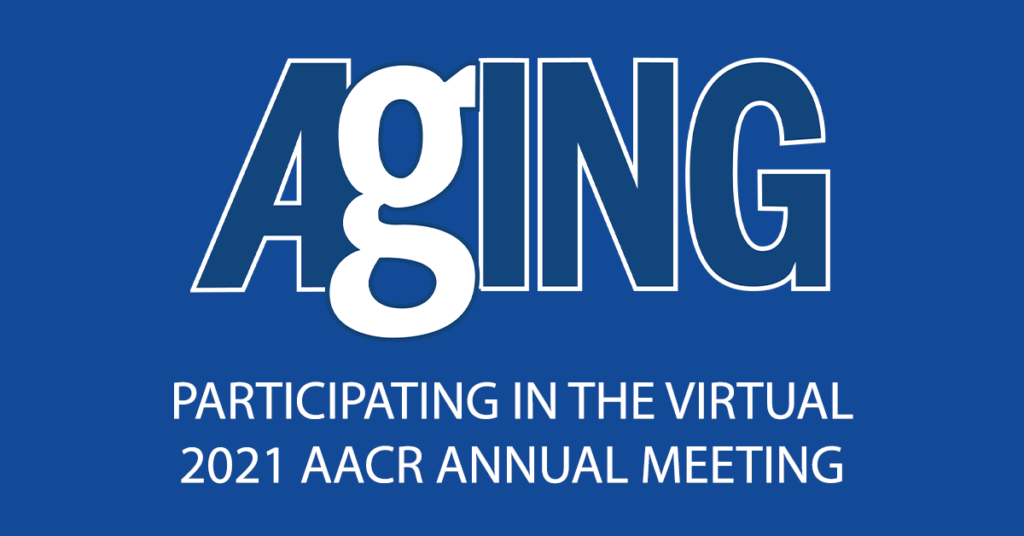
“This special collection will explore key themes central to Dr. Blagosklonny’s scientific contributions, with a focus on mechanistic insights, translational approaches, and theoretical perspectives.”
BUFFALO, NY — April 3, 2025 — Aging (Aging-US) is pleased to announce a special Call for Papers for a commemorative collection honoring the legacy of Dr. Mikhail (Misha) Blagosklonny, the founding editor of the journal and a pioneer in aging biology. His groundbreaking work shaped fundamental concepts in the field, particularly regarding the role of mTOR in aging and cancer, the use of rapamycin, bypassing senescence during the process of transformation, personalized medicine, and theories on why we age.
This special collection will explore key themes central to Dr. Blagosklonny’s scientific contributions, with a focus on mechanistic insights, translational approaches, and theoretical perspectives. We invite original research, reviews, and perspective articles covering topics such as:
- The role of mTOR in aging and age-related diseases
- Rapamycin and other pharmacological strategies to extend lifespan
- Senescence bypass and its implications for cancer and regenerative medicine
- Personalized medicine approaches in aging and longevity research
- Theoretical models and evolutionary perspectives on aging
The special issue will be guest-edited by leading scientist in the field, David Gems, who will oversee the selection of high-quality contributions that reflect the depth and impact of Dr. Blagosklonny’s work.
We encourage researchers working on these topics to submit their manuscripts and contribute to this tribute to one of the most influential figures in aging research.
SUBMISSION DETAILS:
- Submission Deadline: December 1, 2025
- Manuscript Format: Please follow the journal’s submission guidelines
- Peer Review: All submissions will undergo a rigorous peer-review process
- Submission Link: https://aging.msubmit.net/cgi-bin/main.plex
We look forward to your contributions to this special issue and to honoring Dr. Blagosklonny’s enduring impact on the field of aging research.
________
Please visit our website at www.Aging-US.com and connect with us:
- X
- YouTube
- Spotify, and available wherever you listen to podcasts
Click here to subscribe to Aging publication updates.
For media inquiries, please contact [email protected].



